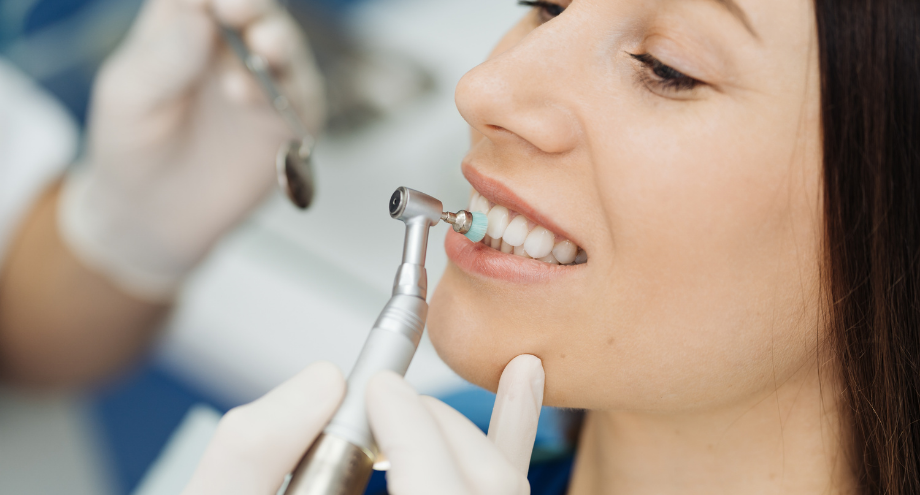The next challenge for women is promotion to managerial and institutional positions.
Although women have been involved in the world of dentistry for centuries, the professional recognition they currently enjoy has been the result of the long struggle of many of its protagonists.
As early as the 11th century, Hildegard of Bingen, a Benedictine abbess, appears as the author of many publications on oral health. And in 1427, in France, for the first time, women were authorized to practice as “barbers”, a profession that included the extraction of teeth and other dental procedures. However, in 1484, Charles VIII again forbade women to practice in these activities.
Despite the ban, French women continued in the profession and in the 18th century the first prominent women in dentistry appeared, such as Madame Rezé and Marie Madeleine Calais, even though in 1755 a law was established in the country prohibiting women from accessing official dental studies.
But without a doubt, if there is a historical female figure to highlight in the world of dentistry, it is Lucy Beaman Hobbs, who is considered the first qualified dentist in history.
This American pioneer of orthodontics had a difficult journey to become a dentist. After moving to Ohio in 1861, she wanted to apply as a medical student at Electric Medical College in Cincinnati, but it was denied because she was a woman. So later, she tried to apply to the Ohio College of Dental Surgery to study dentistry but again her application was rejected for the same reason.
Fortunately, Dr. Samuel Wardle agreed to train her in dental practice. From here, she began her career as an unlicensed dentist and in 1862 she opened her first clinic.
It was not until 1866 that she managed to graduate from the Ohio College of Dental Surgery, when the chancellor of the university, Dr. Taft, admitted Lucy to the university, where she graduated as a Doctor of Dental Surgery.
In Spain, as early as the 16th century, there was the figure of the “ensalmadoras” who were dedicated to treating different oral ailments. However, it was not until the 19th century that women began to become important in the world of dentistry.
Among the most outstanding Spanish women we can mention María Rajoo, the first Spanish woman dentist, Polonia Sanz y Ferrer, the first woman to obtain the “Title of Dentist” for the practice of dentistry in 1849 and Manuela Aniorte, who in 1873 published the book “Arte del Dentista”, the first book on dentistry written by a woman.
“The degree in dentistry was not officially created in Spain until 1901. In 1915 only three women were registered as dentists.”
Currently, the presence of women in Spanish dentistry is in the majority. According to data from the National Institute of Statistics in 2019, 56.82% of professionals in the dental sector are women.
Now, the challenge for women is to reach managerial and institutional positions, where they are still underrepresented.




